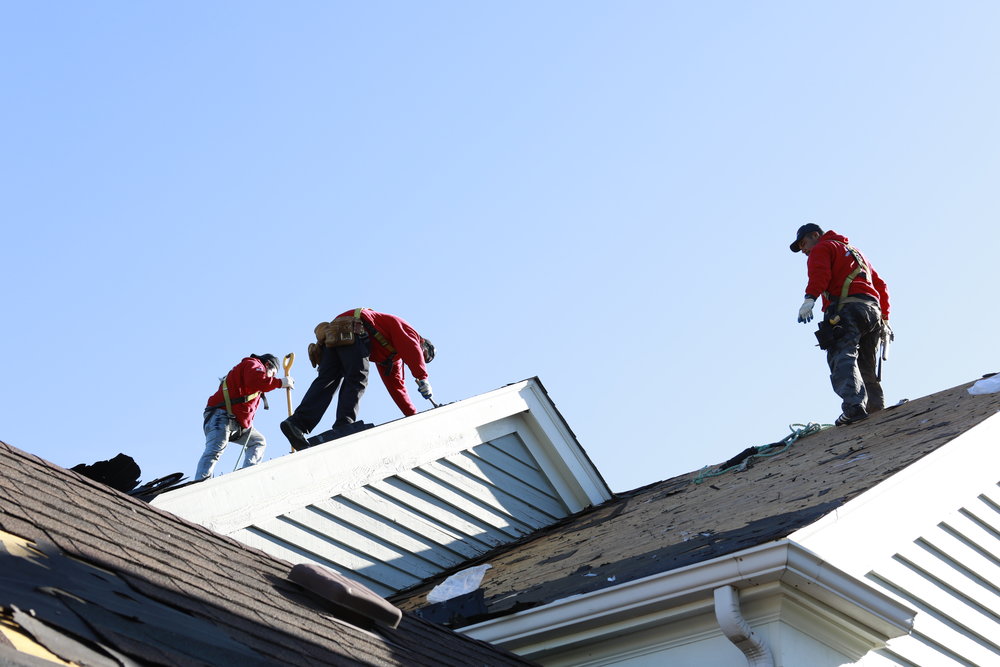Water damage can occur for a variety of reasons, including floods, burst pipes, and leaky roofs. When water damage occurs, it’s important to act quickly to prevent further damage and to begin the process of water remediation. In this article, we will cover the basics of water remediation and provide you with the ABCs of water remediation.
Assess the damage
The first step in water remediation is to assess the damage. This includes identifying the source of the water and determining the extent of the damage. If the water is contaminated, it’s important to take appropriate precautions to protect yourself and your family.
Begin the cleanup
Once the damage has been assessed, it’s time to begin the cleanup process. This includes removing any standing water and drying out the affected areas. It may be necessary to use specialized equipment, such as fans and dehumidifiers, to thoroughly dry out the space.
Clean and disinfect
After the affected areas have been dried out, it’s important to clean and disinfect the space. This can include using specialized cleaners to remove any contaminants and prevent the growth of mold and mildew. It may also be necessary to remove and replace any damaged materials, such as drywall or carpet.
Seek professional help
In some cases, water damage may be too extensive to handle on your own. If this is the case, it’s important to seek professional help. A water remediation specialist can help you assess the damage, develop a remediation plan, and provide the necessary equipment and expertise to complete the cleanup process.
Prevent future water damage
Once the water damage has been remediated, it’s important to take steps to prevent future water damage. This can include fixing any leaks or damage to your home’s plumbing or roofing systems, as well as taking steps to improve ventilation and reduce humidity in your home.
Protect your health
Water damage can be a serious health hazard if it is not properly remediated. Contaminants such as mold and bacteria can grow in moist environments and lead to respiratory problems and other health issues. It’s important to take appropriate precautions to protect yourself and your family during the remediation process, including wearing protective gear such as gloves and masks.
Insurance Coverage
In many cases, water damage may be covered by your homeowner’s insurance policy. It’s important to review your policy and understand your coverage in the event of water damage. You may also want to consider adding additional coverage, such as flood insurance, if you live in an area prone to flooding.
Conclusion
Water damage can be a serious problem, but with the right approach, it can be remediated quickly and effectively. By assessing the damage, beginning the cleanup process, cleaning and disinfecting the space, seeking professional help when necessary, taking steps to prevent future water damage, protecting your health, and understanding your insurance coverage, you can protect your home and your family from the effects of water damage.
If you are experiencing water damage, it’s important to act quickly. Contact a water remediation specialist to help you assess the damage and develop a plan for remediation.


